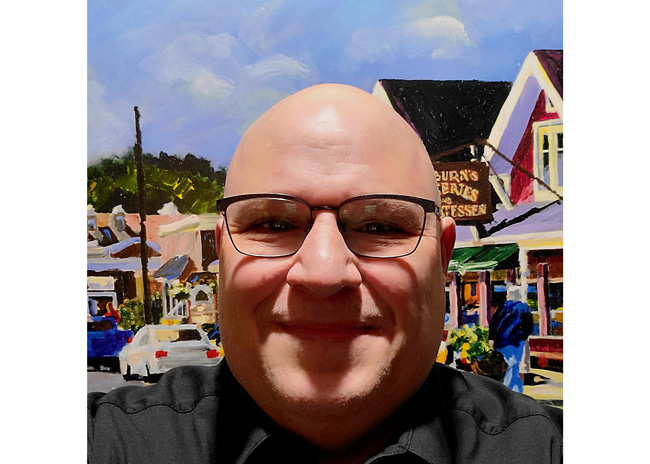Kevin Wilkinson’s tabletop expertise stems from more than three decades in foodservice equipment and supplies sales, often supporting high-end properties. Here, he shares some trends that influence his tabletop installations today.
 Kevin Wilkinson, Business Development Specialist, Bargreen Ellingson Tacoma, Wash.Q: What shifts in tabletop do you see?
Kevin Wilkinson, Business Development Specialist, Bargreen Ellingson Tacoma, Wash.Q: What shifts in tabletop do you see?
A: Versatility — some of the items can be used in a variety of applications from fast casual all the way to fine dining. Glassware, for instance, can be a vessel for many different applications, like appetizers and specialty desserts, saving the customer labor and money. Dinnerware does not need to be a circle with a basic rim style. Using a trendy shape and adding color can elevate the dining experience and connect the table to an overarching theme. We are also seeing a lot more melamine out there in the past few years. It has come a long way; you cannot tell the difference in some patterns compared to china until you pick it up. New shapes, colors and durability have put melamine back on the map in the culinary world.
Q: Are you personally a big fan of white?
A: I’m a guy that calls a tabletop a canvas. What a chef or operator chooses to paint that canvas with tells their story. Old-school chefs love white because they can do so much with it; at the same time, if you start introducing color options, it can open them up a little bit. A lot of chefs are just so used to white, that when you introduce color, they shy away from it until they start plating on it, and this is where the fun begins. Trending colors include tangerine, blues, matte black, grey, sand, red and pink.
Q: What shapes are getting more attention?
A: Coupe shapes are becoming more popular again, along with organic shapes, vintage design with fluted edges and stoneware. We are starting to see more wide rim pasta bowls in a multitude of sizes. I see bowls having a resurgence. A plate that has a wide rim or perhaps a visual element sends the eye toward the middle of the plate.
Q: What are your refresh rules of the road?
A: We ask a lot of guiding questions to consider early in the process, such as:
- Are you presetting? That is common in fine dining.
- What is the budget?
- Do you have colors in mind?
- Do you have a preferred brand or pattern?
- Do you have any specific shapes in mind?
- Do you have an idea on flatware patterns, shapes and color? Flatware is the most intimate item on the tabletop.
- What about accent pieces, placemats, table lighting, vases, salt and pepper?
- How big are the tabletops, plate size and accent pieces? They will take up room, so you need to know what will fit.
Q: How does menu guide tabletop?
A: It’s always a plus if we know the menu. For a Mexican chain that wanted to up their game a little bit, understanding their menu refresh and how they wanted to elevate the customers’ perception of the chain provided a good guide. The chain did not want a dramatic change. I brought in some matte black items, but they did not initially like it. Still, I left a few items for them to plate on. They ended up adding those black matte plates, along with a custom wood underliner with their logo. Mexican food looks great on black plates — because there is so much color in the food to make it pop, it’s a great canvas.



